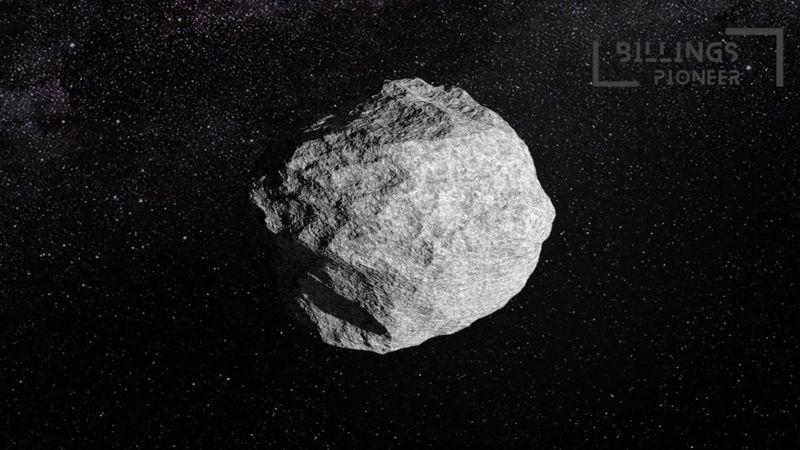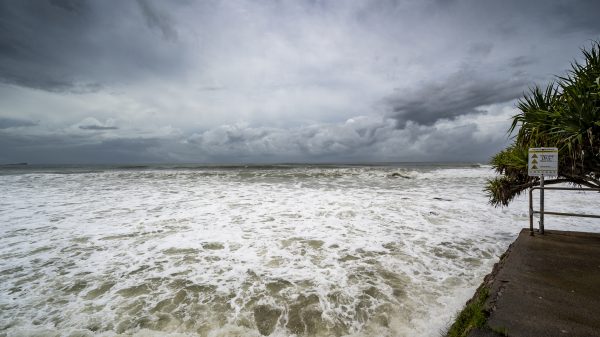It was recently announced that a newly discovered asteroid, known as 2024 YR4, has captured the attention of scientists around the world because of its intriguing, albeit slim, chance of impacting Earth on December 22, 2032. This asteroid, which is currently making its way through the vastness of space, was first spotted by astronomers using the ATLAS telescope in Chile just last December. Though this news might raise concern, experts assure us that there is no immediate danger.
What is Asteroid 2024 YR4?
Asteroid 2024 YR4 measures between 131 and 328 feet (about 40 to 100 meters) in width, a size that could be a cause for concern if it were on a collision course with our planet. However, scientists emphasize that the asteroid currently has only a 1.2% chance of hitting Earth. This information allows us to breathe a little easier, knowing that the odds are heavily in favor of a safe passage.
Tracking the Asteroid
The European Space Agency (ESA), along with NASA, is diligently tracking this space rock as part of the efforts from NASA’s Center for Near-Earth Object Studies (CNEOS). They monitor asteroids like 2024 YR4 to keep potential threats at bay. With the aid of various telescopes, astronomers are continuously measuring the asteroid’s distance and trajectory.
The Role of the International Asteroid Warning Network
In addition to NASA and ESA, the International Asteroid Warning Network plays a crucial role in ensuring that we are prepared for any possible threats from asteroids. This network collaborates globally to assess the risks and develop strategies for impact mitigation if needed. At present, they have indicated a 99% chance of the asteroid passing safely by Earth.
Future Observations and Precautions
Astronomers plan to continue observing 2024 YR4 until early April, and observations will resume in 2028. This ongoing monitoring is vital to gather more data which will help predict the asteroid’s path and determine if its trajectory changes over time. A well-prepared team ensures that we stay updated, and any necessary precautions can be taken well in advance.
Testing Asteroid Deflection Technology
Interestingly, recent advancements in technology have equipped scientists with the tools to potentially deflect asteroids like 2024 YR4. NASA’s Double Asteroid Redirection Test (DART) mission was the first successful attempt to change the course of an asteroid using kinetic force. This test offers hope for how we might protect Earth from potential collisions with space rocks in the future.
What Can We Do?
While there is no immediate action needed on our part, staying informed about near-Earth objects can be fascinating. This information can help spark interest in science and space. Students and young aspiring scientists can explore opportunities to learn more about space, perhaps even dreaming of becoming astronomers themselves one day!
| Fact | Details |
|---|---|
| Asteroid Name | 2024 YR4 |
| Chance of Impact | 1.2% |
| Size | 131 – 328 feet |
| Current Distance | 28 million miles |
As we watch the skies, let’s remember that while space is full of mysteries, scientists are working hard to keep us safe. With their ongoing observations and the tools they are developing, our planet is in good hands.











